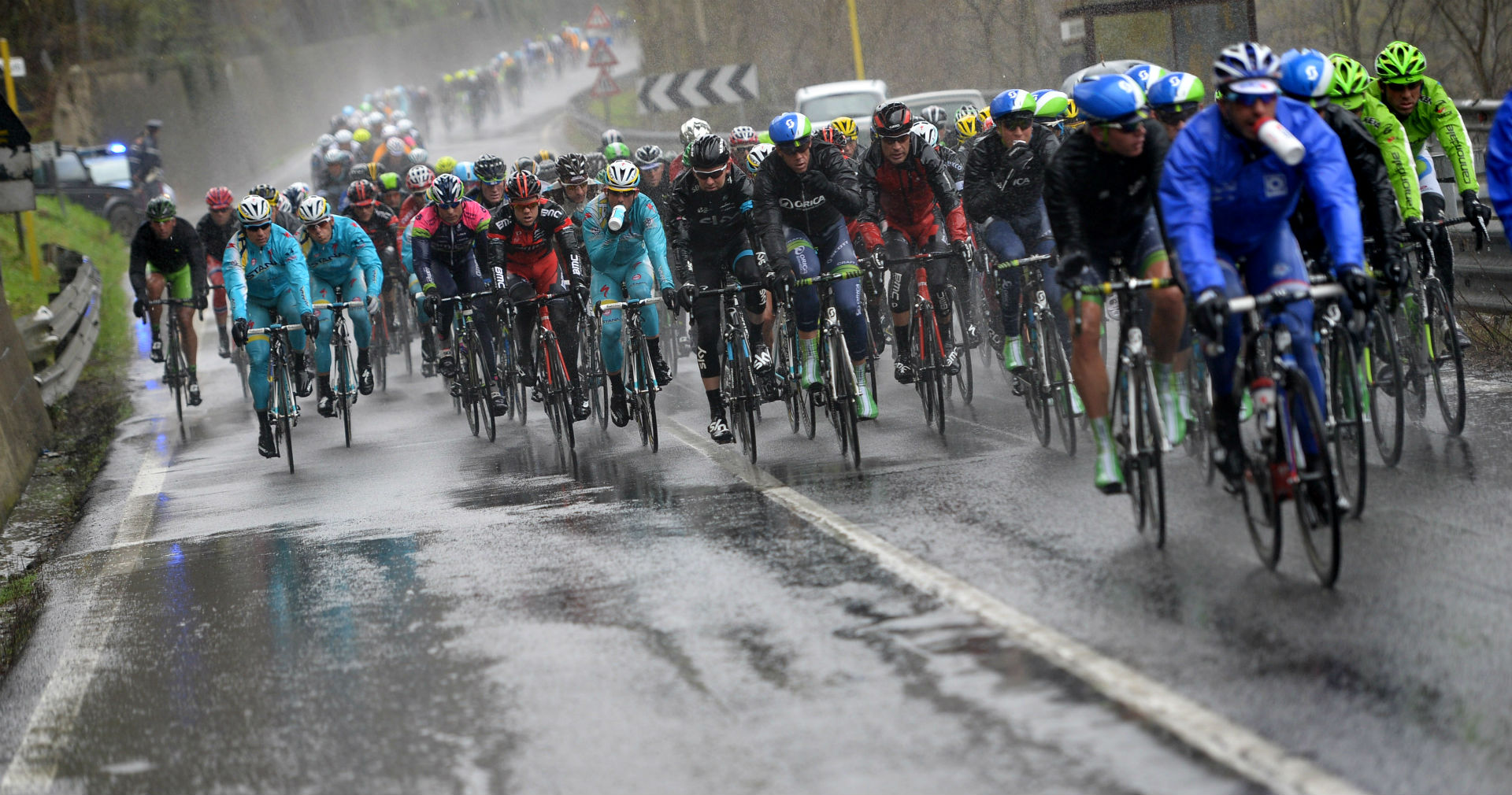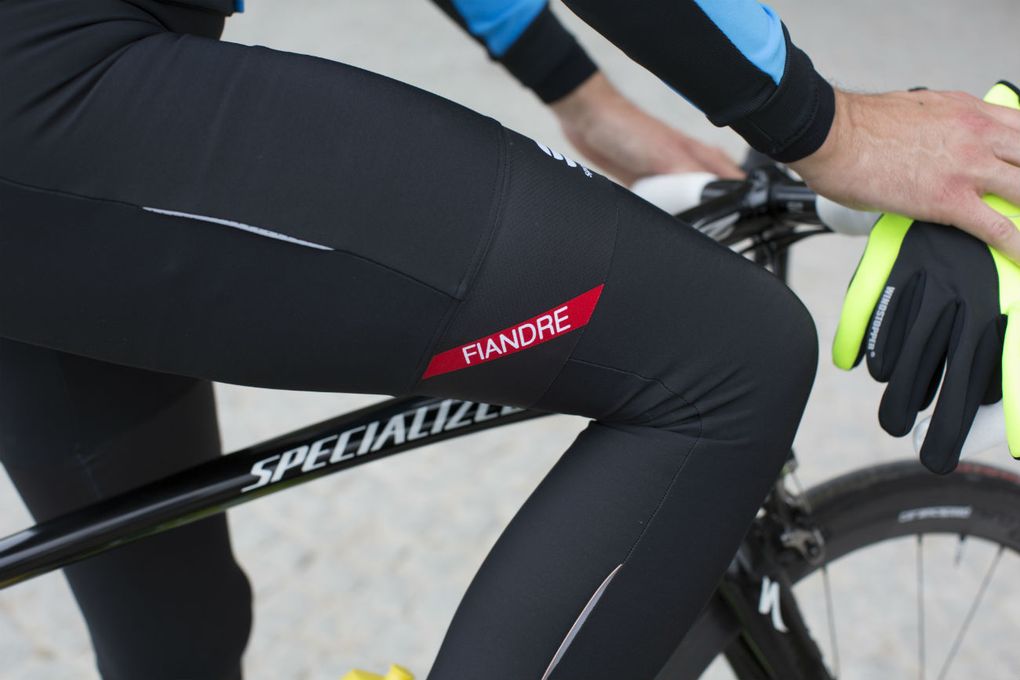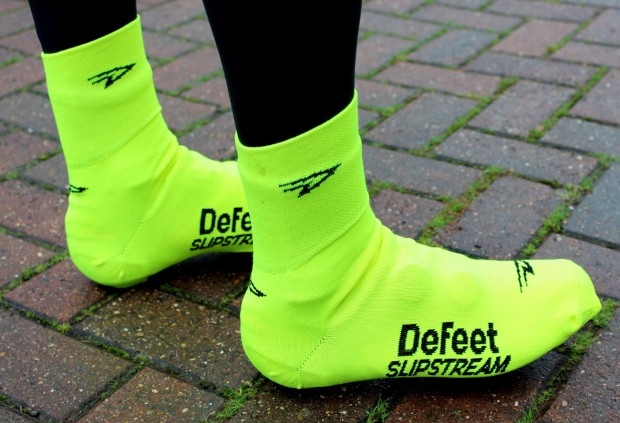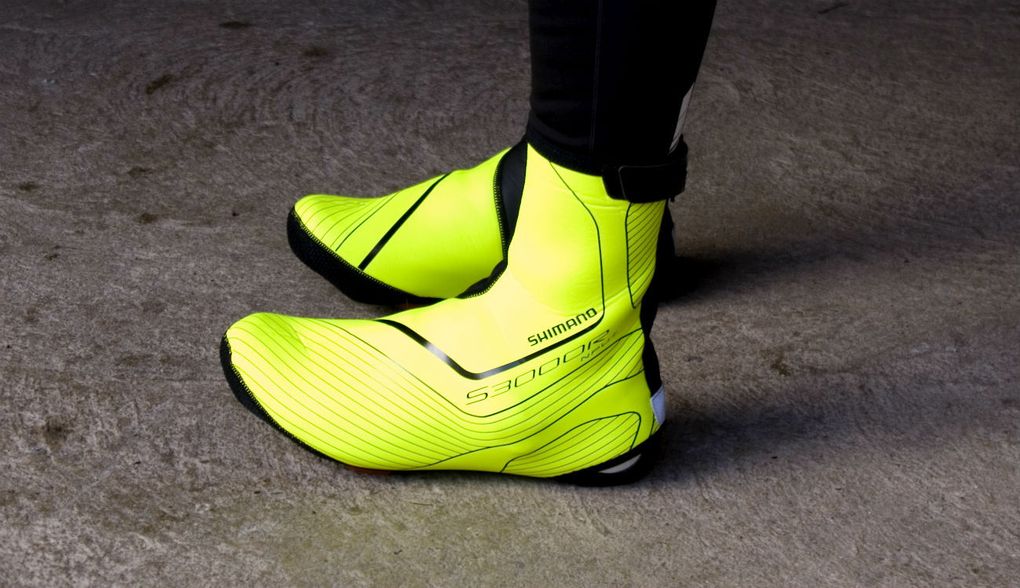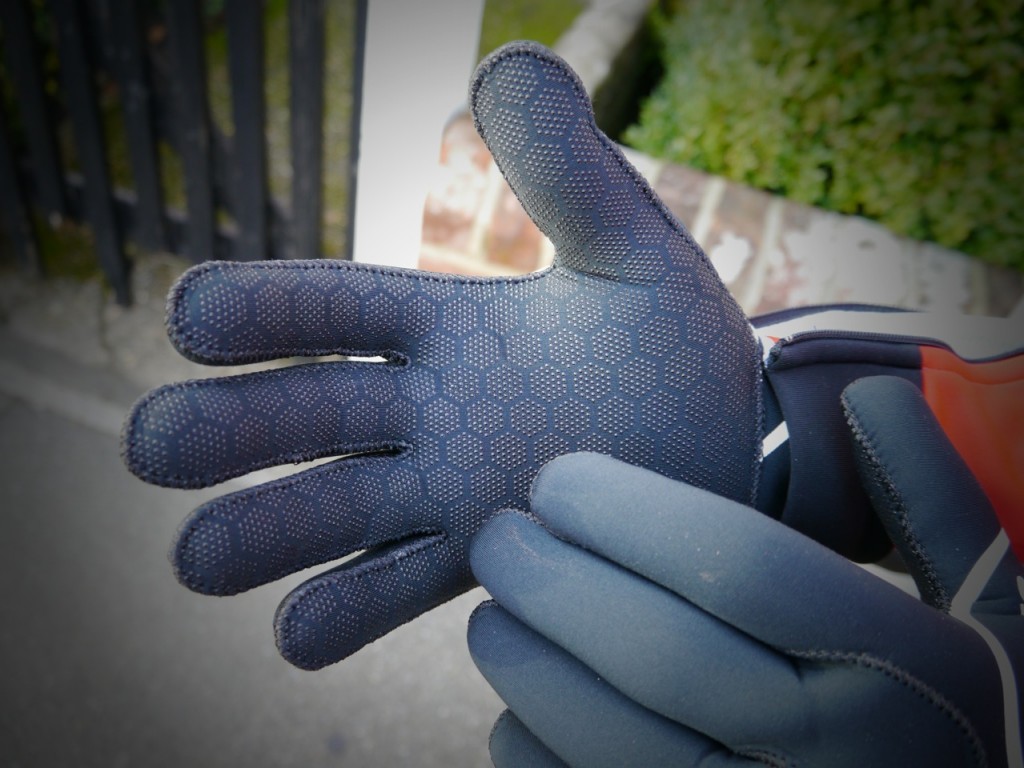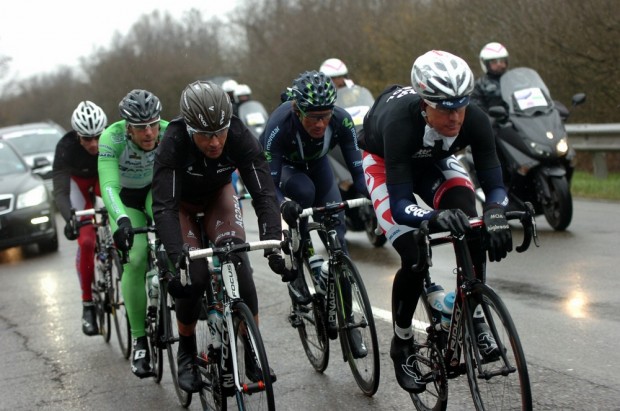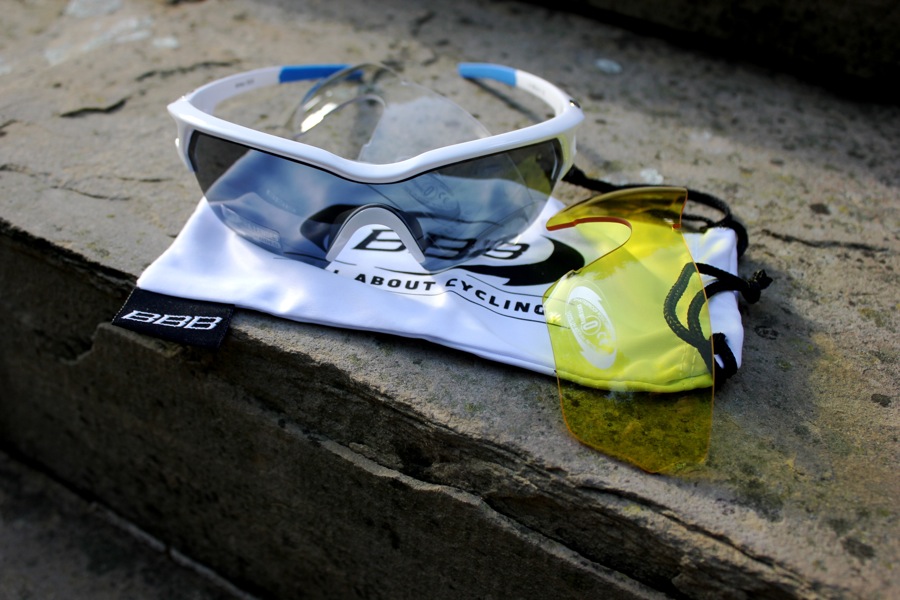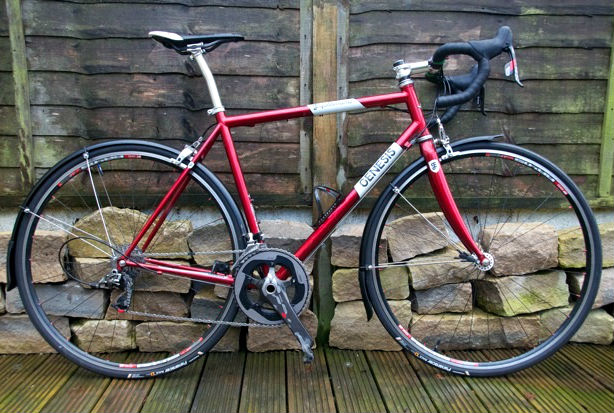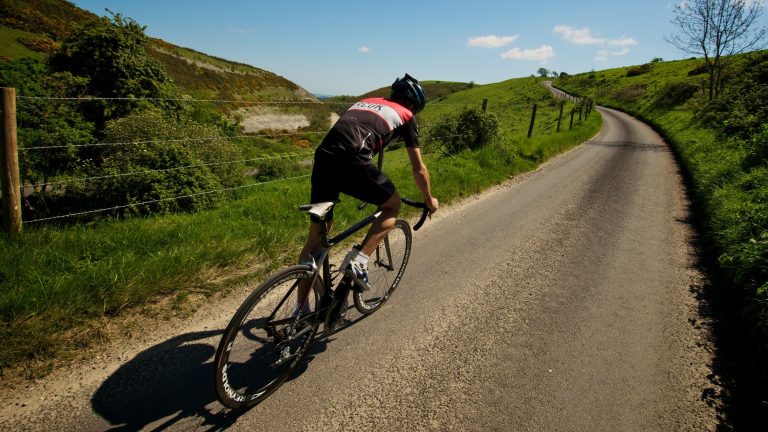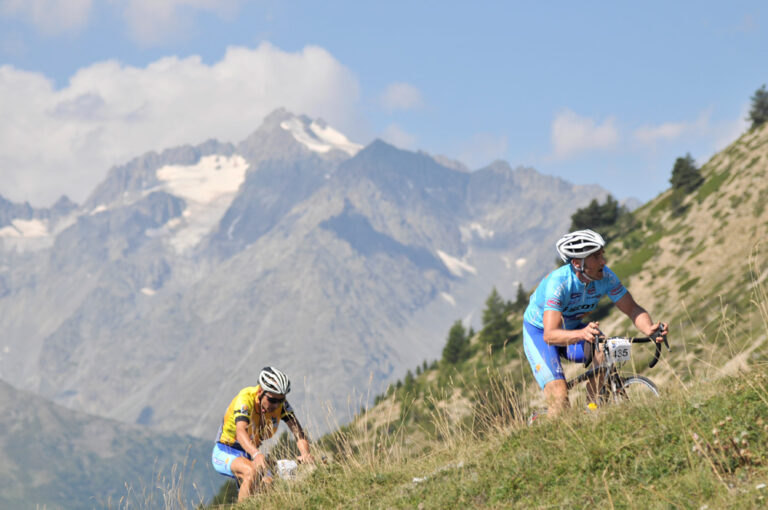Rain is one of life’s inevitabilities, particularly if you live in the UK. It’s only slightly less inevitable than death and – particularly if you’re a multi-national corporation – significantly more definite than taxes.
In all seriousness though, rain can derail even the most strident rider’s plans and as much as we all like to claim that we get out in all kinds of weather, everybody winces when they look out the window in the morning only to see rain hammering down outside.
It’s particularly bad in the autumn and winter because it’s cold as well, and the combination of cold and wet is as potent a ride-killer as anything. So if you want to stay out and about while weather’s bad, you need to make sure that you have your clothing choices dialed. You’ll never beat the rain, but you can sure make riding in it a more enjoyable experience, and here’s what you need to do just that.
Rain jacket
These come in all shapes and sizes, so much so that we’ve already written a dedicated buyer’s guide on rain jackets. But it doesn’t take a genius to figure out that if you want to stay dry, then a jacket should be at the top of your list.
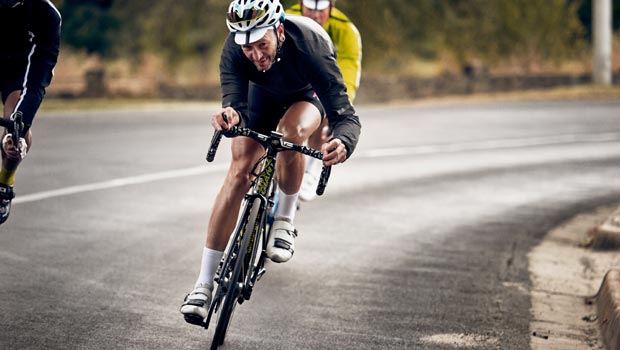
As with everything, though, there are concessions to be made. Essentially, you need to decide what properties you need in a jacket. If you want something warm for winter but with a modicum of water resistance, there are plenty of softshell jackets that can do a job in a shower.

